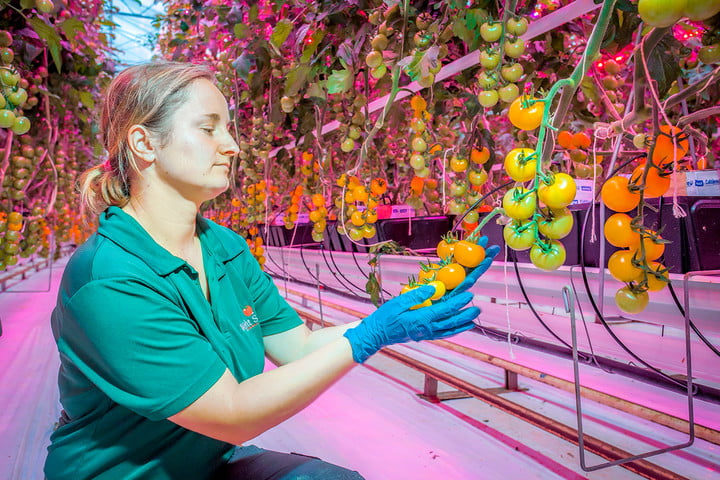“Although large improvements have been [made] genetically in the yield potential of crops and their drought tolerance, breeding has not improved the amount of water required to make a ton of a given crop,” Stephen Long, director of the RIPE (Realizing Increased Photosynthetic Efficiency) project, told Digital Trends. “More productivity has meant more water use, putting ever increasing demands on water use in irrigation, demands that will grow with increasing productivity.”
As Long points out, this balancing act is playing out around the world, including in California’s Central Valley, where in many years a choice has to be made between allowing production of crops on farms and providing sufficient water for the needs of the state’s cities. An even more notable example may be Cape Town, South Africa, a city which has this year come within weeks of running out of water.
The genetic engineering process the researchers employed involved up-regulating the amount of photosynthetic protein produced by a specific gene in the plant by integrating additional copies of the gene into its DNA. This essentially “tricked” the plant into partially closing its stomata, referring to the microscopic pores in the leaf which release water.
In their study, the team tested this hypothesis using tobacco crops, since these are easier to modify and quicker to test than other crops. However, because the gene being altered is found in every plant, this discovery could be applicable to a vast number of crops.
“A unique feature of this work is that we showed it to work in a crop in real-world trials on farmland, not just in the laboratory,” Long continued. “The next step will be to place this in the crops that the Gates Foundation, Foundation for Food and Agricultural Research, and U.K. Aid care about: cowpea, the largest vegetable protein source in sub-Saharan Africa, soybean, cassava and rice – and test these crops.”



